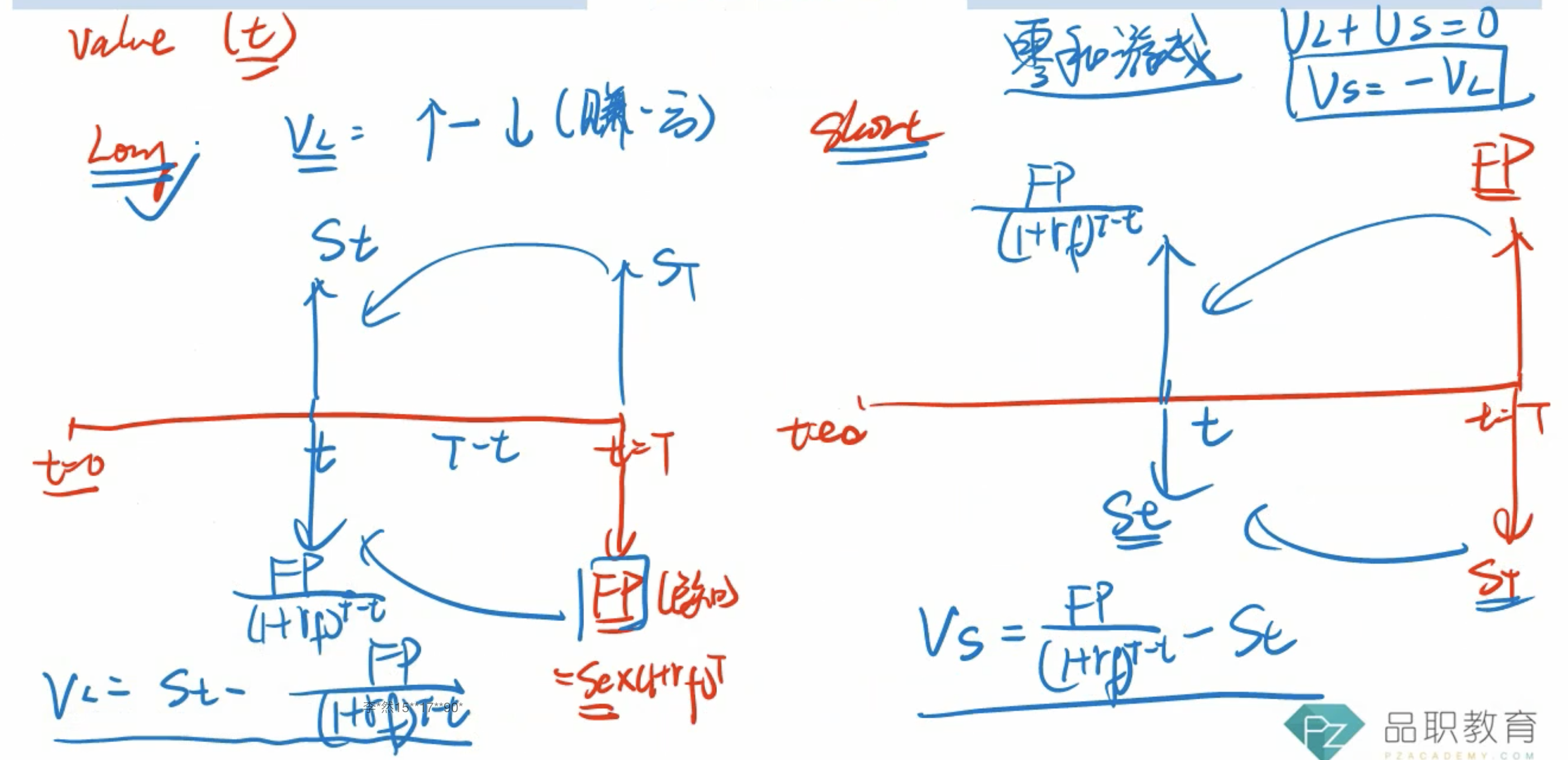NO.PZ202108100100000104
问题如下:
The most appropriate response to Troubadour’s supervisor’s question regarding
the TSI forward contract is:
选项:
A.a decrease in TSI’s share price, all else equal.
an increase in the risk-free rate, all else equal
a decrease in the market price of the forward contract, all else equal.
解释:
B is correct.
From the perspective of the long position, the forward value is
equal to the present value of the difference in forward prices:
Vt = PV[Ft
– F0]
where
Ft
= FV(St
+CCt
–CBt
)
All else equal, an increase in the risk-free rate before contract expiration would
cause the forward price, Ft
, to increase. This increase in the forward price would
cause the value of the TSI forward contract, from the perspective of the short,
to decrease. Therefore, an increase in the risk-free rate would lead to a loss on
the short position in the TSI forward contract
中文解析:
首先需要明确现在是远期合约的short头寸,问的是下列那种情况会产生损失。
A选项:short 远期合约,希望将来标的资产下跌。因此当标的价格下降,其他条件不变的情况下,short头寸会有gain,而不是loss;
B选项:根据公式F= S0(1 + Rf) T可知,当Rf增加,forward合约价格上升,对于short forward一方来说会产生损失;选B
C选项:作为short forward的一方,当forward价格下跌时,会有gain,而不是loss,C不能选。
之前助教回答:https://class.pzacademy.com/qa/157960
有几个问题没有懂:
(1)就是我平常时可以能理解,但是一旦结合了这个图之后就理解不了,我们是Short Position所以用右边的图,计算Value的时候当FP下降,Short Forward的Value是减小的,那为啥就是赚钱了呀?
(2)拿卖水的例子来看,我约定了一个价格卖水,水价下跌我赚钱,这个可以理解;但是Forward Price这里就没有理解,假如FP下降,为什么就是赚的呢?





